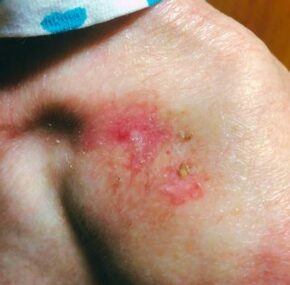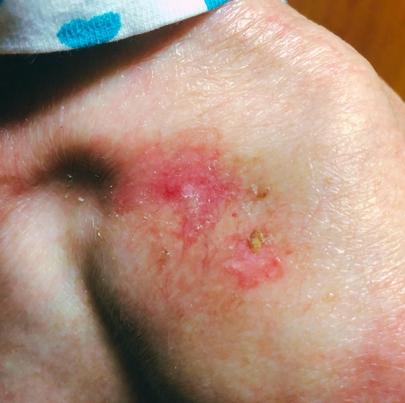When bedsores develop and are left untreated, patients are put at high risk for serious skin diseases, bacterial infections, and fatal complications. A nursing home abuse lawyer often sees cases of complications from bedsores left untreated. According to the Centers for Disease Control and Prevention (CDC), one out of 10 nursing home residents suffer from bedsores in various stages. If treated in the early stages, bedsores can heal, but if caught in later stages or left untreated, bedsores can lead to death.

_______
The Stages and Dangers of Bedsores
Bedsores, also known as pressure sores or pressure ulcers, commonly occur in patients in hospitals and nursing homes who spend extended periods of time in one position. Patients who are bedridden, paralyzed or immobile are especially at risk for bedsores. Regularly moving and turning patients is key to preventing bedsores and reducing the risk of infections and fatal complications.
(Article continues below infographic)

Bedsores occur when there is unrelieved pressure in one spot. They typically affect bony areas around the elbows, knees, coccyx, heels, and ankles, but they can occur on any part of the body. Bedsores are open wounds that must be treated quickly to avoid serious health problems. Bedsores develop in four different stages that present increasing health risks:
- Stage One – In stage one, the skin may appear red and feel warm to the touch. There may be a crater-like sore or blister with discolored skin surrounding the area. The site may be slightly tender or painful.
- Stage Two – When bedsores reach stage two, the skin may be broken and damaged. Bedsores will appear yellow or red and moist to the naked eye. There may be some oozing of liquid around the site.
- Stage Three – In stage three, bedsores become deep wounds surrounded by yellow-colored dead tissue. If left untreated in stage three, serious bacterial and blood infections can occur leading to various complications.
- Stage Four – By stage four, extensive tissue loss is usually evident with pressure ulcers. Damage usually penetrates healthy layers of skin and also spreads to deeper layers. With severe damage, skin may pull back to expose bones or muscles. Life expectancy is lower with stage four bedsores.
In stages one and two, bedsores are still very treatable with dressings and antibiotics, but treatment becomes more difficult in stages three and four because of damaged skin tissue and infections.







